A Guide to Medical Tourism for Stem Cell Therapy in China
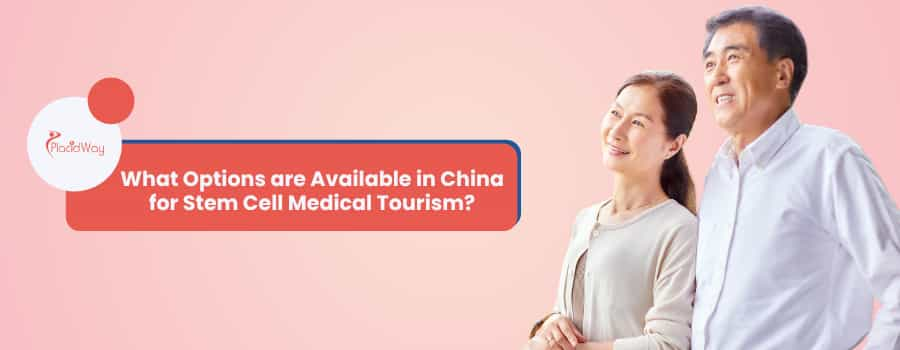
Considering medical treatment abroad can be a significant decision, and for those exploring advanced options like regenerative medicine, China has emerged as a major destination. For years, the country has been at the forefront of stem cell therapy, attracting thousands of international patients seeking innovative treatments for conditions that may have limited options elsewhere. China's appeal lies in a combination of advanced research, a wide variety of available stem cell treatments, and significantly lower costs compared to North America and Europe. Many top-tier hospitals and specialized clinics are equipped with modern technology and staffed by experienced professionals dedicated to the field of regenerative medicine.
If you're wondering what stem cell medical tourism in China looks like, it involves traveling to the country to receive therapies that use the body's own regenerative power to repair damaged tissues and restore function. These treatments address a vast spectrum of health issues, from debilitating neurological diseases like cerebral palsy and multiple sclerosis to chronic conditions such as diabetes and osteoarthritis. The journey for a medical tourist is often streamlined, with many clinics offering comprehensive packages that include the treatment itself, accommodations, and supportive therapies. This guide will walk you through everything you need to know about the options, costs, safety, and process of seeking stem cell therapy in China.
What Exactly is Stem Cell Therapy?
Stem cell therapy is a revolutionary approach in medicine that harnesses the power of stem cells to treat a wide range of diseases and injuries. Stem cells are the body's raw materials — special cells from which all other cells with specialized functions are generated. Under the right conditions, they divide to form more cells called daughter cells. These daughter cells either become new stem cells (self-renewal) or become specialized cells (differentiation) with a more specific function, such as blood cells, brain cells, heart muscle, or bone cells.
The primary goal of stem cell therapy is to leverage this regenerative capability. When introduced into a damaged area of the body, these cells can help to:
- Repair damaged tissue by replacing dead or malfunctioning cells.
- Reduce inflammation, which is a common factor in many chronic diseases.
- Modulate the immune system to stop it from attacking healthy cells, which is crucial for autoimmune disorders.
This therapy offers hope for conditions once considered untreatable, aiming to address the root cause of the disease rather than just managing symptoms.
Why is China a Popular Destination for Stem Cell Tourism?
Several key factors make China a leading hub for medical tourists seeking stem cell treatments. The most significant driver is cost-effectiveness. Treatments in China can be substantially more affordable than in countries like the United States or the UK, without compromising on the quality of care or technology. This financial accessibility opens the door for many patients who might otherwise be unable to afford such advanced therapies.
Beyond cost, China has invested heavily in biotechnology and regenerative medicine. This has led to the establishment of state-of-the-art facilities and the development of innovative treatment protocols. Other reasons for its popularity include:
- Advanced Technology: Many Chinese hospitals and clinics are equipped with the latest medical technology and adhere to international standards.
- Experienced Specialists: The country is home to a large number of scientists and doctors who specialize in stem cell research and clinical application.
- Variety of Treatments: China offers a broad range of stem cell therapies for numerous conditions, giving patients more options.
- Shorter Waiting Times: Patients can often receive treatment more quickly in China compared to their home countries where regulatory processes or waiting lists can cause long delays.
How Much Does Stem Cell Treatment Cost in China?
One of the most compelling reasons patients choose China for stem cell therapy is the significant cost savings. While prices can vary widely, they are consistently lower than in most Western nations. The cost is influenced by several factors, including the complexity of the patient's condition, the number of stem cell injections required, and the inclusion of other supportive therapies like physical therapy or acupuncture.
Here is a comparison of average costs for common treatments in China versus the USA to illustrate the potential savings:
| Stem Cell Treatment | Average Cost in China (USD) | Average Cost in USA (USD) |
|---|---|---|
| Autism | $9,500 - $19,000 | $20,000 - $50,000 |
| Multiple Sclerosis | $29,000 - $35,000 | $50,000 - $100,000 |
| Kidney Failure | $9,000 - $12,500 | $25,000 - $50,000 |
| Diabetes | $12,500 - $17,000 | $20,000 - $40,000 |
| Brain Injury | $20,000 - $25,000 | $40,000 - $80,000 |
It's important to request a detailed quote from the clinic that outlines all included services to avoid unexpected expenses.
What Types of Stem Cells Are Used in Chinese Clinics?
Clinics in China utilize various types of stem cells, chosen based on the patient's specific medical condition. The source of the stem cells is crucial as different types have different properties and therapeutic potential.
- Umbilical Cord-Derived Mesenchymal Stem Cells (UC-MSCs): This is the most widely used type in China. Collected from the umbilical cords of healthy, screened donors after birth, these cells are considered very young, highly potent, and have immunomodulatory properties, which means they are less likely to be rejected by the patient's body. They are used for a wide array of conditions.
- Bone Marrow-Derived Stem Cells (BMSCs): These cells are harvested from a patient's own bone marrow (autologous) or a donor's (allogeneic). They have a long history of use in treating blood disorders but are also applied in regenerative medicine for orthopedic and neurological conditions.
- Adipose-Derived Stem Cells (ADSCs): These are taken from a patient's own fat tissue. They are abundant and relatively easy to harvest, making them a popular choice for orthopedic and cosmetic applications.
The choice of stem cell type is a critical part of the treatment plan, and your doctor will recommend the best option after a thorough medical evaluation.
What Neurological Conditions Can Be Treated?
China has become a center of hope for patients with neurological disorders, which are often difficult to treat with conventional medicine. Stem cell therapy for neurological conditions aims to regenerate damaged nerve cells, reduce inflammation in the brain and spinal cord, and improve motor and cognitive functions. By introducing new stem cells, clinics aim to create a healing environment that can lead to functional recovery.
Some of the key neurological conditions addressed include:
- Spinal Cord Injury: To help repair the damaged cord and potentially restore some motor function.
- Cerebral Palsy: To improve motor control and reduce spasticity.
- Multiple Sclerosis (MS): To modulate the immune system and repair nerve damage caused by the disease.
- Parkinson's Disease: To replace the dopamine-producing cells lost to the disease, thereby improving movement control.
- Ataxia: To improve coordination, balance, and speech.
Treatment protocols are often intensive, combining stem cell injections with extensive rehabilitation therapies to maximize potential improvements.
Is Stem Cell Therapy for Autism Available in China?
Stem cell therapy for autism is an emerging area of treatment offered in China. The underlying theory is that autism may be linked to immune system dysregulation and inflammation in the brain. Stem cells, particularly UC-MSCs, are used for their ability to modulate the immune system and reduce inflammation. The goal is to create a better environment for brain function and neural connectivity.
Parents considering this treatment should understand that it is still considered experimental. However, many families have reported positive changes in their children, including:
- Improved eye contact and social engagement.
- Enhanced communication skills and speech.
- Reduced repetitive behaviors.
- Better focus and concentration.
Treatment is typically combined with other supportive therapies like behavioral therapy and speech therapy.
Are Stem Cell Treatments in China Safe and Regulated?
The safety and regulation of stem cell clinics have been a valid concern for medical tourists. In the past, China's regulatory environment was quite relaxed, leading to a proliferation of clinics with varying standards. However, the landscape has changed significantly. The Chinese government, through the National Health Commission (NHC), has introduced stricter regulations to govern the field.
These new rules aim to:
- Ensure that clinical trials are based on sound scientific evidence.
- Require that treatments are only offered in certified, high-grade hospitals.
- Forbid advertising of unproven claims.
- Improve the protection and informed consent of patients.
While the industry is now better regulated, it is still crucial for patients to do their due diligence. Choosing a clinic that is transparent about its procedures, is affiliated with a major hospital, and has a long history of treating international patients is key to ensuring a safe experience.
What is the Process for a Medical Tourist?
The journey for an international patient is generally well-structured.
- Initial Consultation: This usually happens remotely. You will submit your medical records, and the clinic's medical team will review your case to determine if you are a suitable candidate.
- Treatment Plan and Quotation: If you are accepted, the clinic will provide a detailed treatment plan, including the type of stem cells, number of injections, duration of stay, and a full cost breakdown.
- Travel and Arrival: The clinic often assists with visa invitation letters and arranging airport pickup. Upon arrival, you will be taken to the hospital or your accommodation.
- Pre-Treatment Evaluation: You will undergo a comprehensive medical examination, including blood tests and imaging, to confirm the treatment plan.
- Treatment Phase: This phase typically lasts 3-6 weeks. It involves multiple stem cell injections (often via IV drip or targeted injections) and daily supportive therapies like physiotherapy, acupuncture, or hyperbaric oxygen therapy.
- Follow-up: After returning home, the clinic will typically schedule follow-up calls to monitor your progress.
How Do I Choose a Reputable Clinic?
Selecting the right clinic is the most critical step in your medical tourism journey. Here are some key factors to consider:
- Accreditation and Affiliation: Choose a clinic that operates within a large, accredited hospital. This ensures a higher level of oversight and safety.
- Experience: How long has the clinic been treating international patients with your specific condition? Experience matters.
- Transparency: The clinic should be open about its treatment protocols, the source and type of stem cells used, and potential risks. They should provide clear, itemized pricing.
- Patient Testimonials: Ask to be connected with previous patients. Hearing about their firsthand experiences can provide invaluable insight.
- Medical Team: Research the doctors and scientists. What are their qualifications and experience in the field of regenerative medicine?
Ready to explore world-class Stem Cell Treatments at affordable prices in China? PlacidWay Medical Tourism connects you with top-certified clinics and experienced specialists offering personalized regenerative care. Contact us today to get a free quote and begin your journey toward healing.
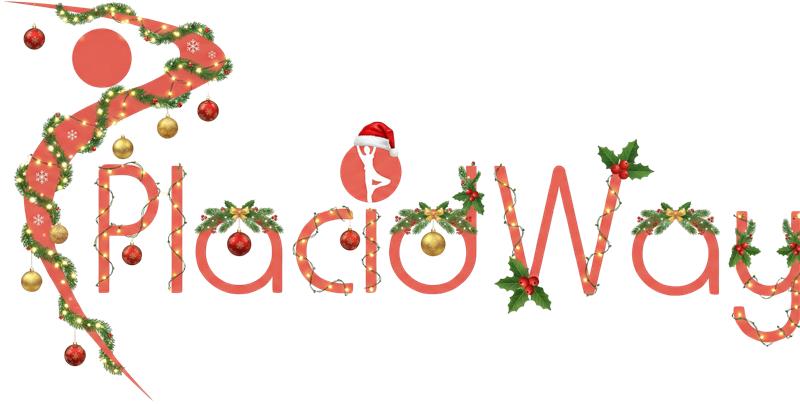

.png)

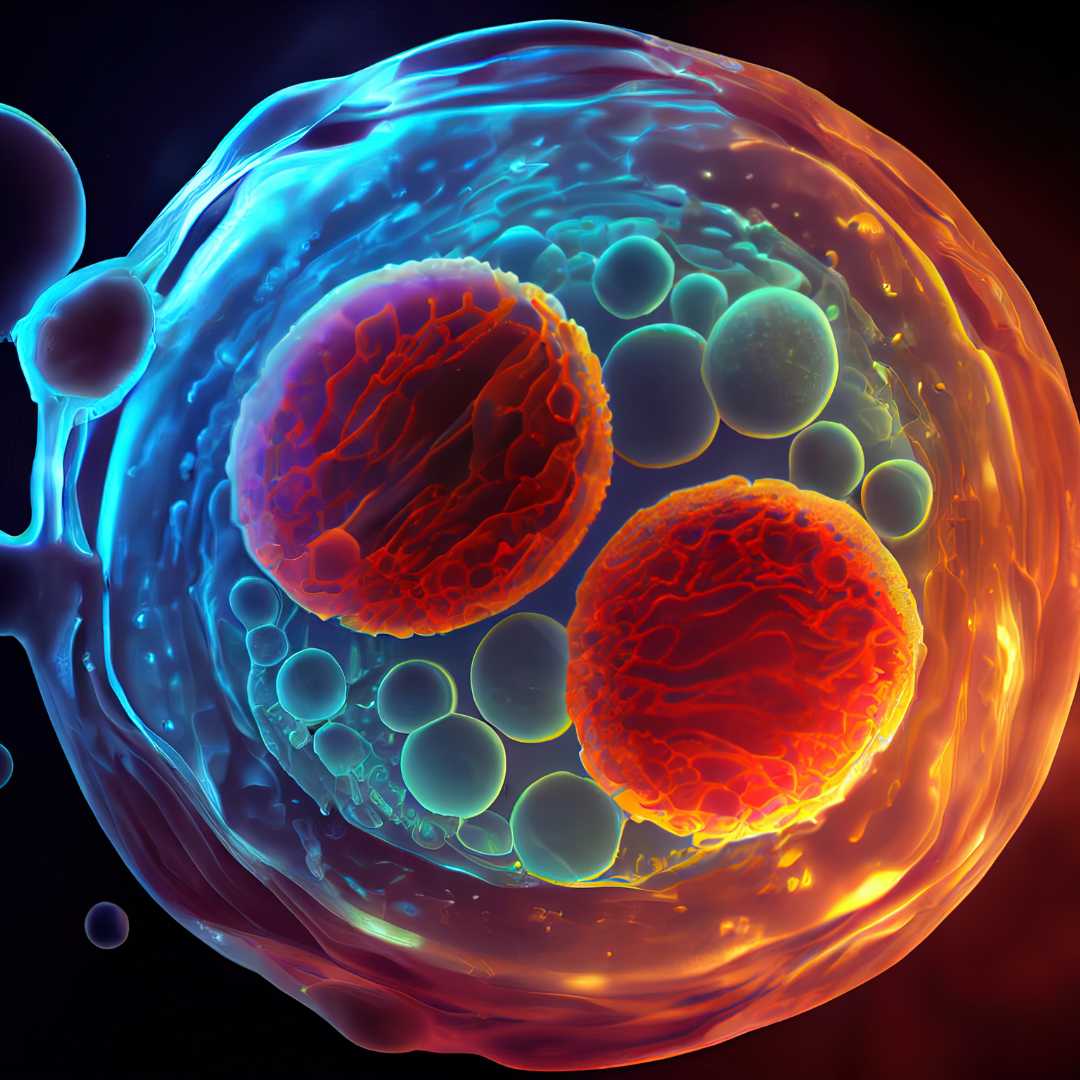
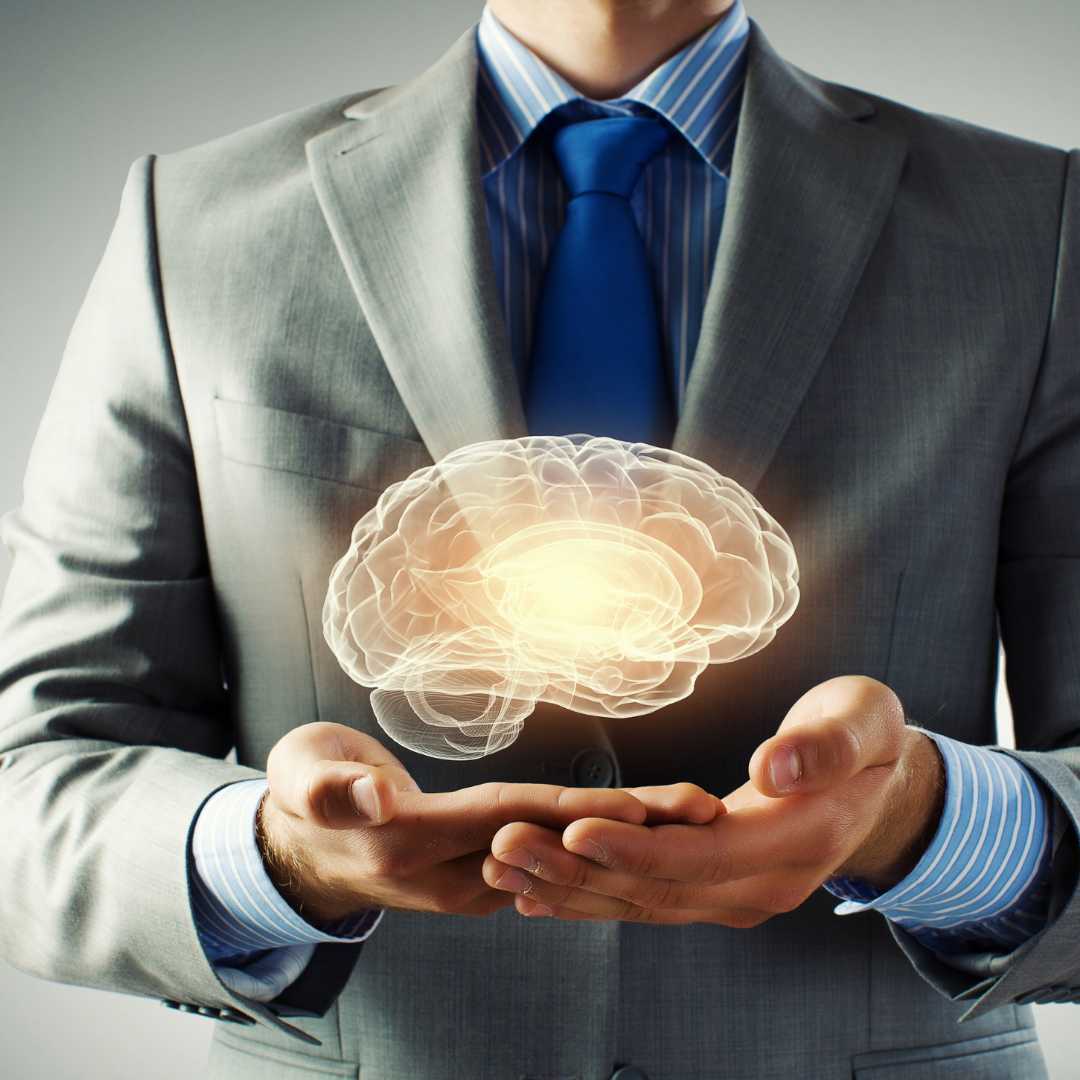





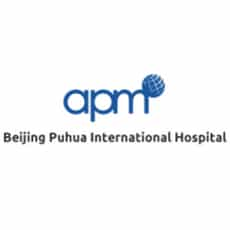
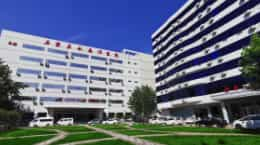
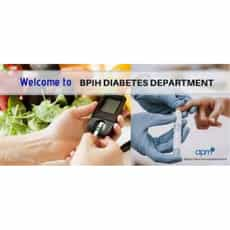
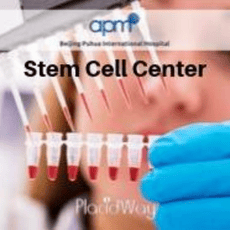
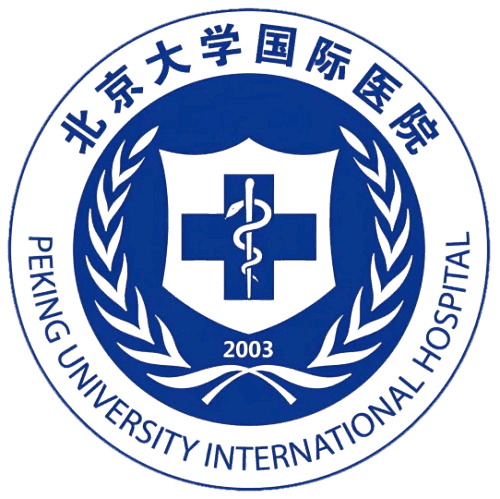

Share this listing